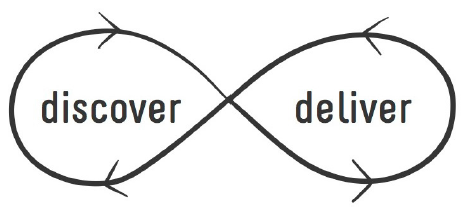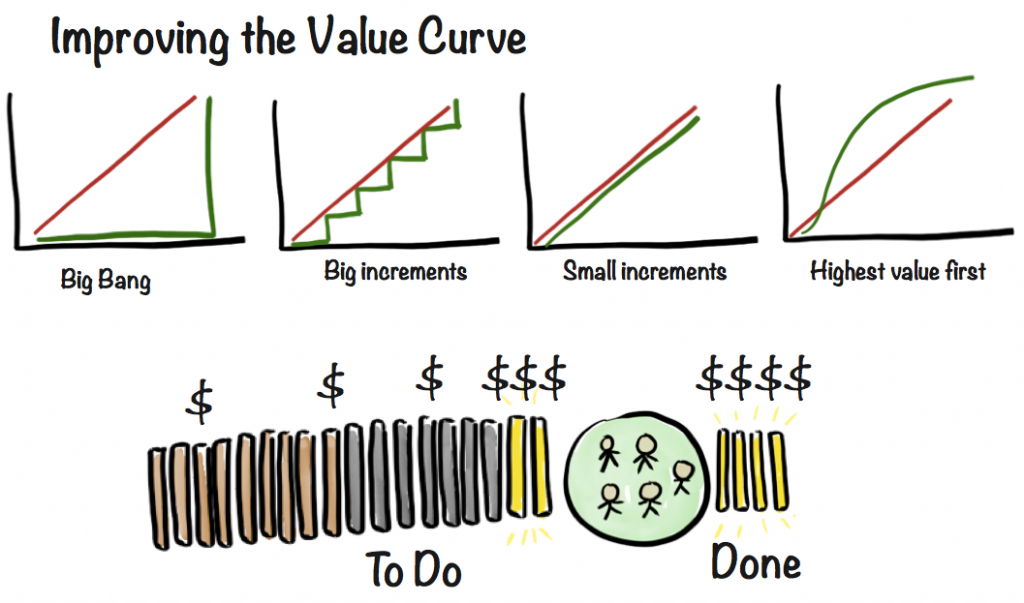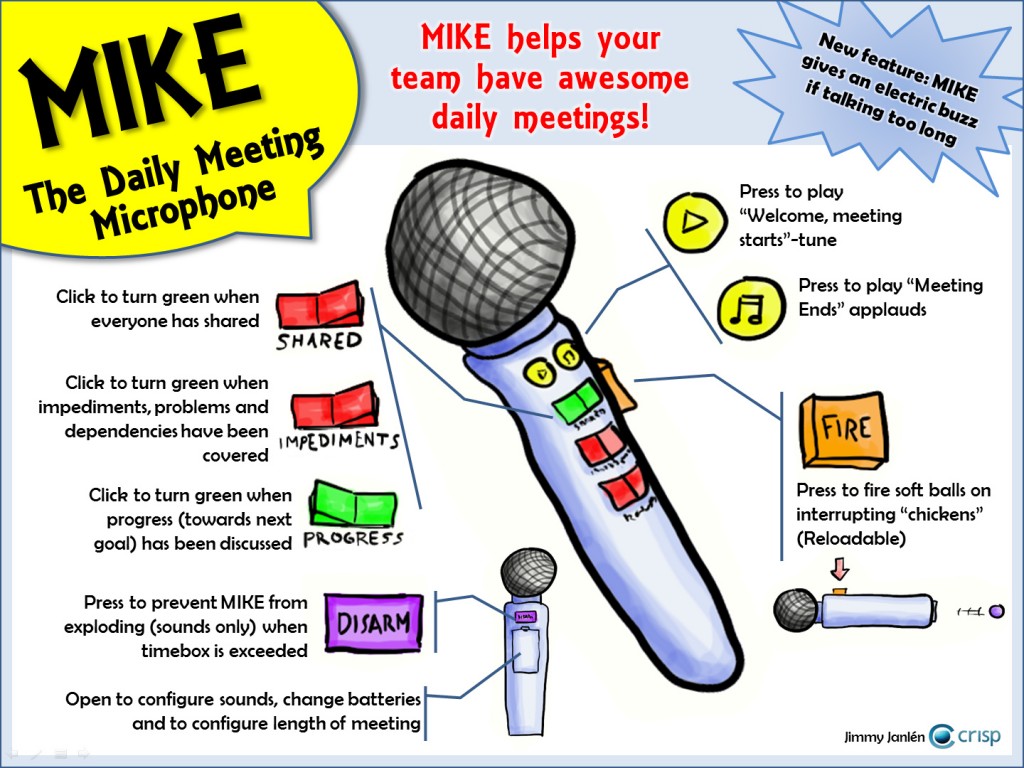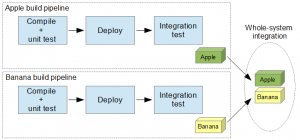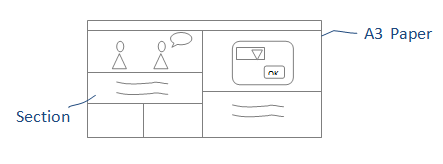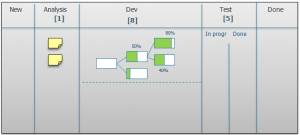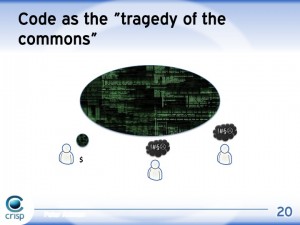Here comes a new post from Ellen Gottesdiener who comes to Stockholm to hold her highly appreciated course Agile Requirements Analysis and Planning for Product Success.
In a recent interview in the New York Times, Panera Bread co-CEO Ronald M. Shaich talks about the importance of developing an organization’s “discovery muscle” as well as its “delivery muscle.” Most companies have worked hard to perfect delivery—how they get work done—he says, because delivery “feels rational, people feel much safer with it, and you can analyze it.” But discovery—the activities you undertake to define or change your product, service, or market—is about “leaps of faith. It’s about trusting yourself. It’s about innovation.” The key, Shaich says, is for the discovery muscle to be at least as strong as the delivery muscle.
He took the words right out of our mouths. This need for balance between discovery and delivery applies in spades to software development. Our new book, Discover to Deliver: Agile Product Planning and Analysis, explicitly makes the case for equally balancing your commitment to these key activities. We define the relationship between them: In lean/agile software development, discovery and delivery are interwoven, interdependent, continuous activities (see figure 1). Each feeds the other.
